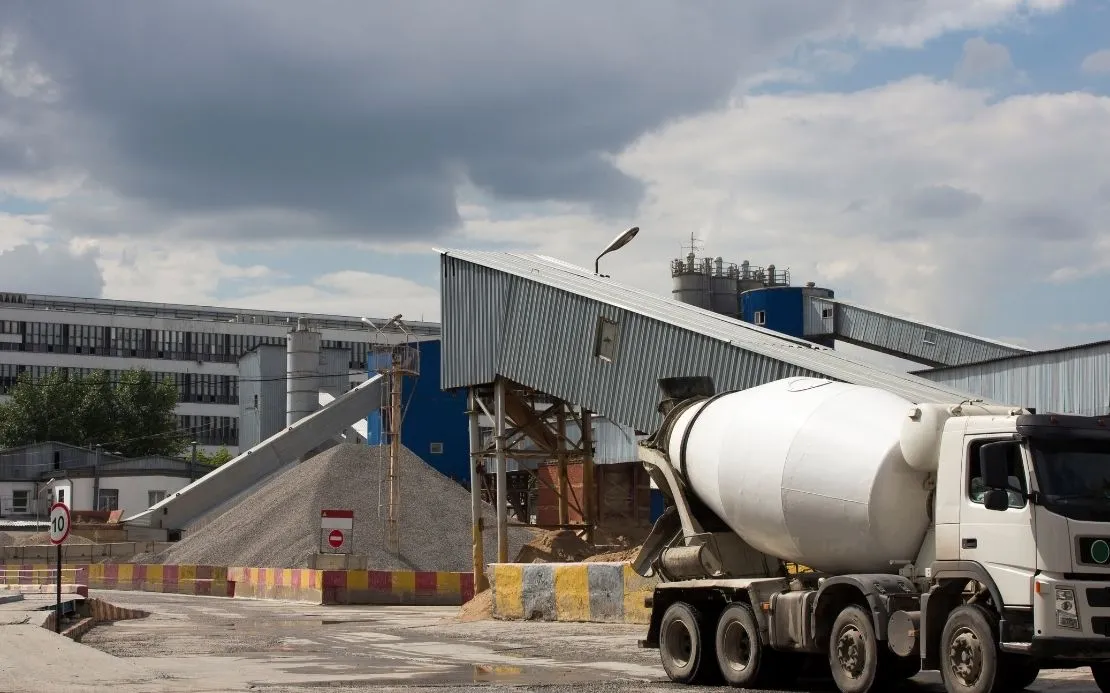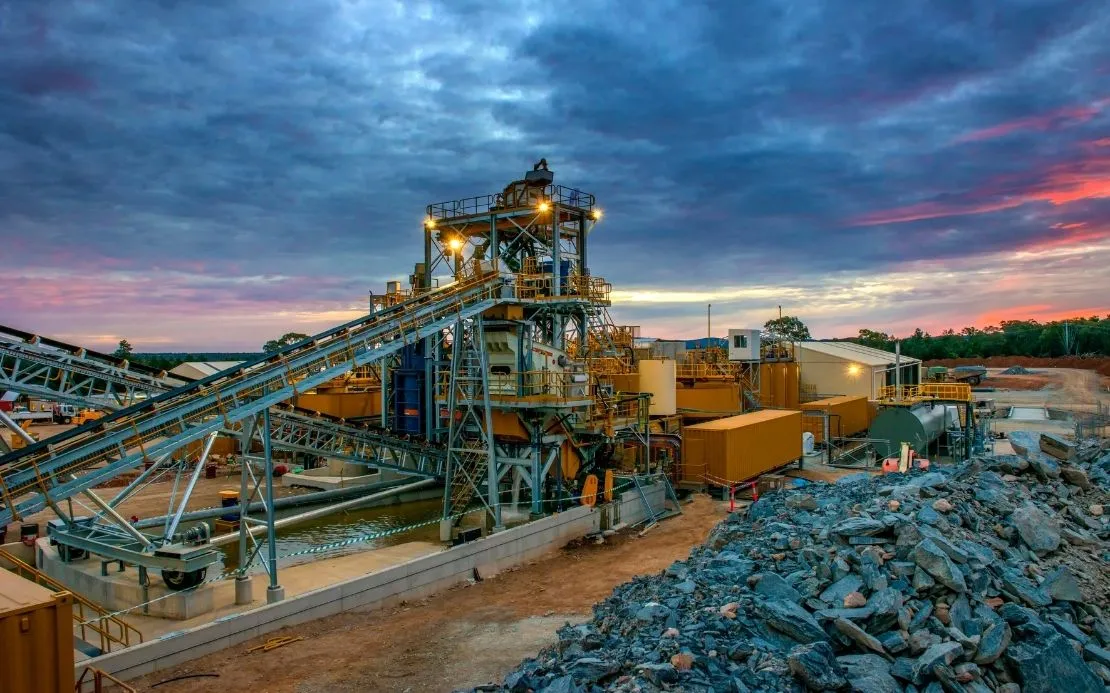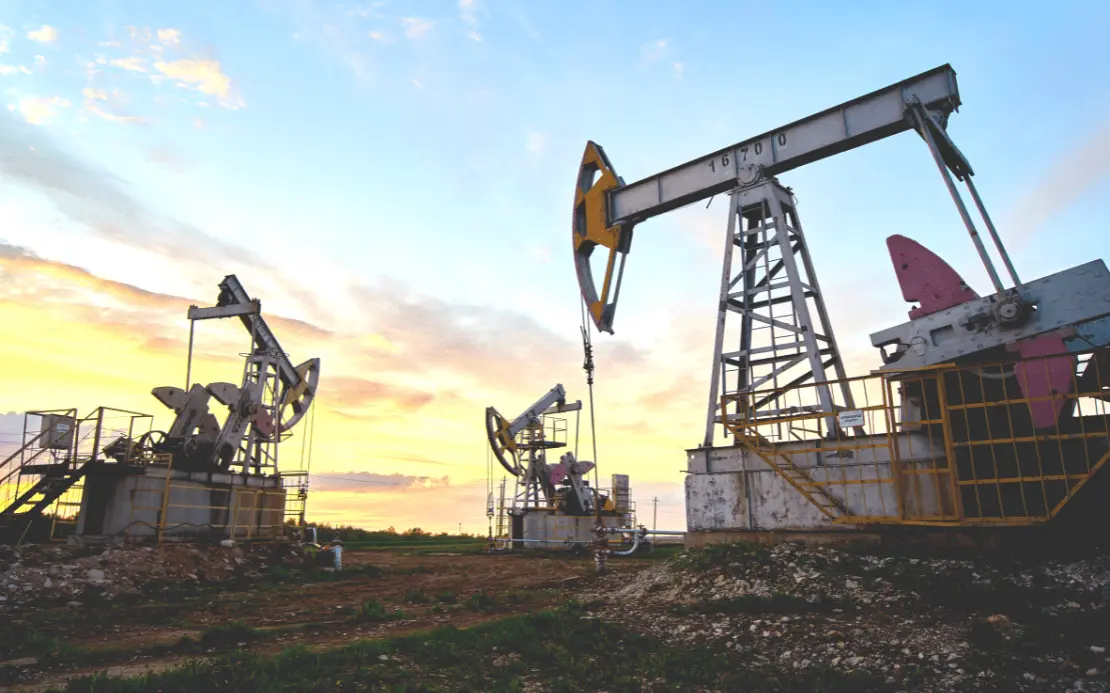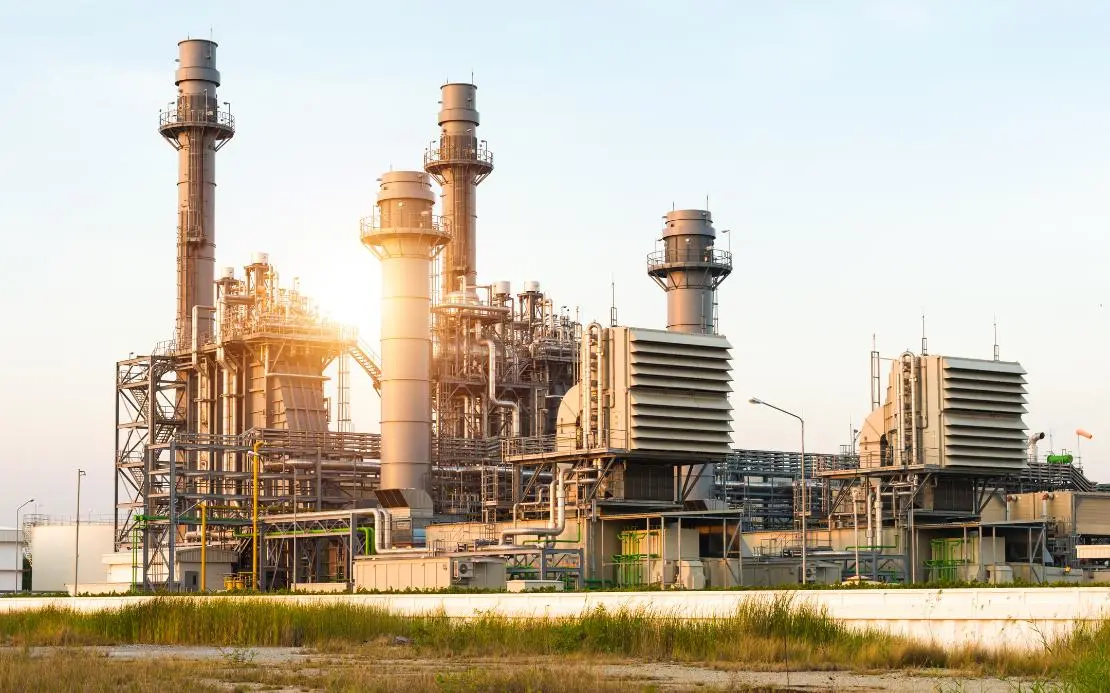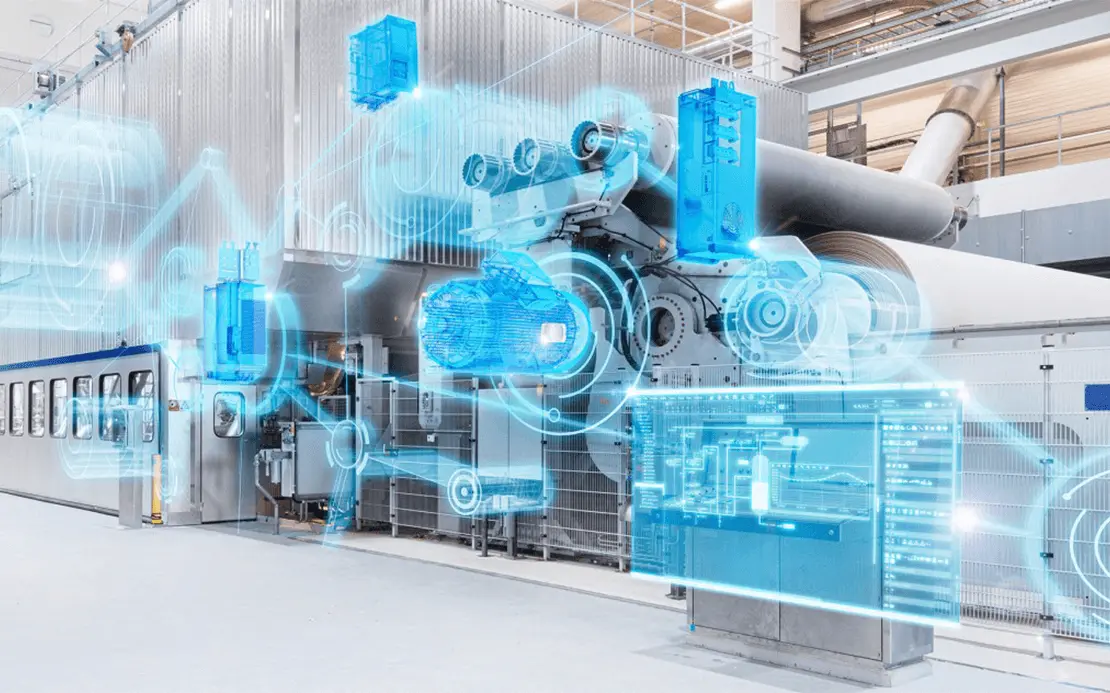Industries We Serve
After water, cement ranks as the second-largest commodity. Growing population, rising income, and the breakdown of the family unit as a result of development all contribute to a constant demand for expansion in the housing and infrastructure sectors.
The chemical industry has had a predictable, cyclical evolution as new technology and chemical demand cycles have emerged. The potential for industry leaders to adapt to significant changes that will widen their plans and strengthen the market positions of their businesses is ensured by this periodic readjustment.
Mining, minerals, and metals business is one of the most significant sectors driving India's rapid expansion to reach 5 trillion USD by 2025. This industry will experience rapid expansion due to rising urbanization and industrialisation tendencies as well as a rise in global commodity demand.
Oil and gas operations are widely dispersed, and this, along with unstable and dangerous working conditions, has encouraged businesses to take use of Industry 4.0 technology. IoT, AI, advanced analytics, robotics, and other technologies are being widely adopted by Industries.
The creation, manufacturing, and marketing of pharmaceutical products are all heavily influenced by the global pharmaceutical business. The pharma business has found it easier to design and produce high-quality pharmaceuticals and medications for patients thanks to Industry 4.0 solutions.
The power industry deals with the threat of cyberattacks, grid modernization, underutilization of installed capacity, inadequate generation, difficulties in monitoring parameters and tackling carbon emissions.
Common requirement of modern pulp and paper producers is the tools they need to address the difficulties of escalating global competitiveness, greater production costs, and stringent environmental compliance rules while they respond to the specific needs of their markets.
